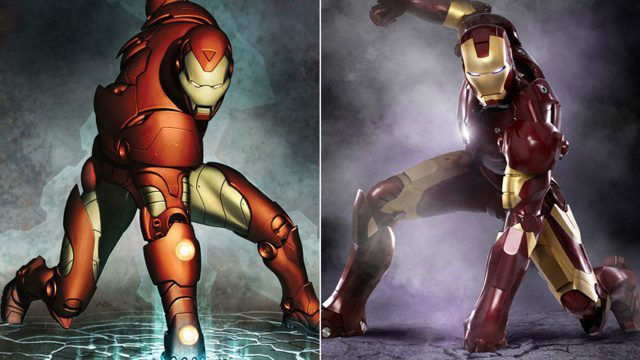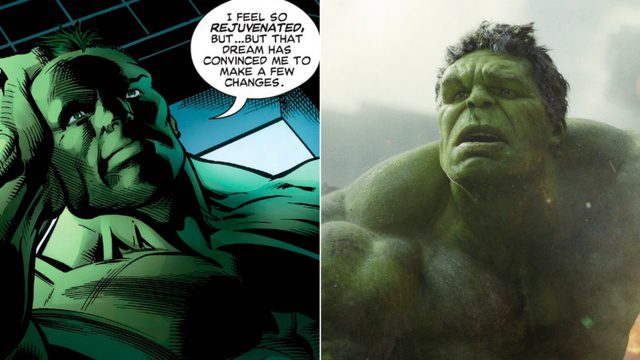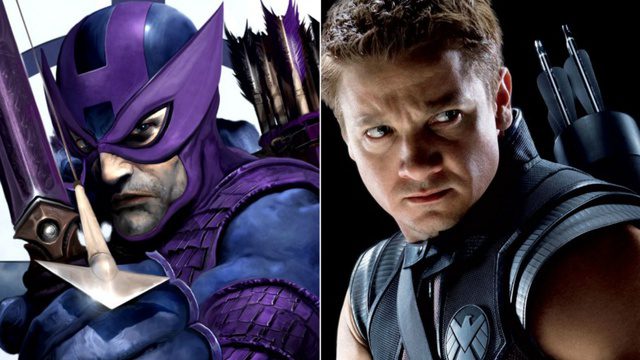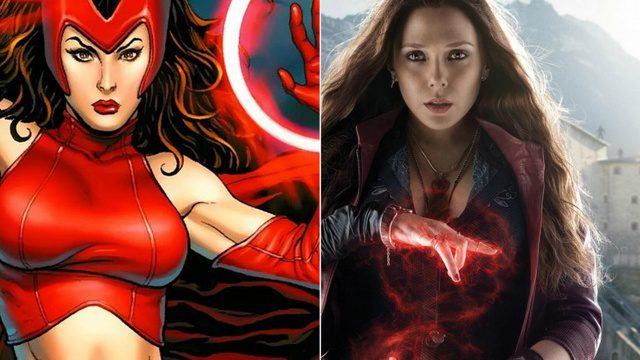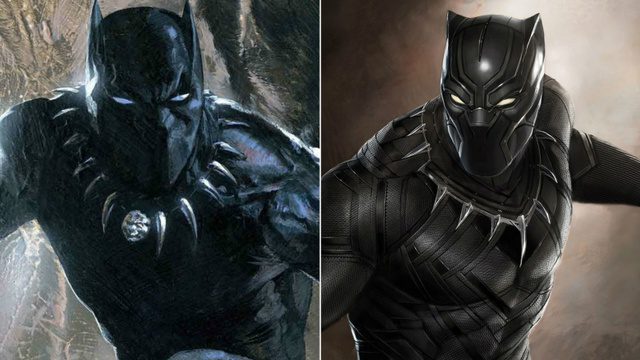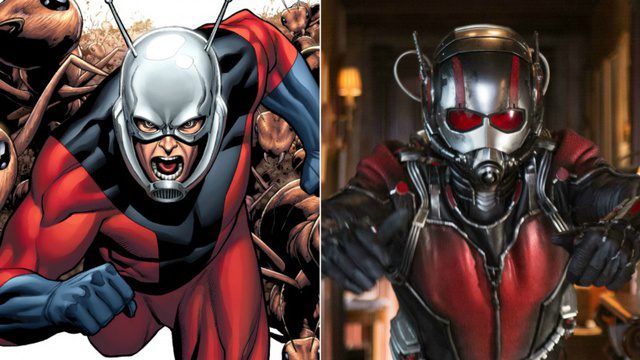**Iron Man**
Examining the perspectives, the film version of Iron Man is often regarded as a counterpart to the comic version. This is a notion that Marvel fans increasingly support, favoring the cinematic adaptations over the original comic works. However, the comic version often showcases a more advanced suit compared to its cinematic siblings.
In the comics, the Extremis Mark XXXII suit is hidden within… the body and connects directly to Tony Stark’s nervous system. This new technology allows Tony to carry this suit anywhere, transforming the suitcase version seen in Iron Man 2 into a powerful combat armor. Additionally, in the comics, Tony doesn’t have to worry about the suit’s organic components, which can lead to dramatic consequences in the film adaptations.
The Hulk
In the films, Hulk exhibits a more somber demeanor compared to his comic counterpart, often portrayed as a monstrous creature grappling with the fear of harming those around him. Moreover, in the comic version, Bruce Banner is exposed to Gamma radiation after saving a young child from an experimental bomb, rather than as a result of a failed experiment as depicted in the films.
A noteworthy point to mention is that in the comics, Hulk can sometimes control his transformation better than in the films. Currently, it can be stated that Hulk has temporarily lost his powers as the character Amadeus Cho has absorbed all the Gamma radiation from Bruce Banner. Furthermore, Hulk’s romantic relationship with Black Widow is also less emphasized in the films!
Hawkeye
The most notable difference between Hawkeye in the comics and the films is his costume. In the original comics, he wears a purple outfit, complete with a mask and even a purple bow. However, in the films, Hawkeye has been given a simpler, more contemporary outfit for practicality, and his bow is no longer purple, which is a departure from his traditional look.
Scarlet Witch and Quicksilver
The most significant changes pertain to the identities of siblings Scarlet Witch and Quicksilver. In the comics, they are mutants (X-Men) and are the children of Magneto, possessing the powers to manipulate probability and control metal, respectively.
However, due to the rights of X-Men being held by Fox, Marvel had to alter these characters slightly for the films. In the movie, their powers are a result of an experiment conducted by HYDRA, and Quicksilver meets a rather shocking demise compared to the comics, where he is more resilient.
Black Panther
The Marvel version of Black Panther is somewhat distinct, as he rules a nation rather than being an isolated hero. Very few people are aware of the existence of this nation, which isn’t depicted as a typical nation in the films.
Additionally, Black Panther’s abilities are not acquired through “training” but instead stem from a ritualistic practice unique to his culture. Furthermore, in the films, Black Panther does not have a romantic relationship with the character Storm as he does in the comics, which might raise some eyebrows among fans.
Thor
When news of a standalone Thor film was announced, fans anticipated a version of Thor that depicted him as an alien prince (coming from the planet Asgard, no less). However, after the announcement, the film’s direction changed slightly, and Thor was portrayed as descending to Earth after being stripped of his powers.
In truth, when he descended to Earth, Thor inhabited the body of Don Blake, a doctor who had romantic feelings for Jane Foster. However, when brought to the screen, the filmmakers chose not to include the character Don Blake, removing this subplot from the narrative.
Ant-Man
Although he was well-received by fans, Marvel did not give Ant-Man much screen time in Captain America: Civil War. In the comics, Ant-Man – Hank Pym was one of the founding members of the Avengers and the creator of Ultron, which caused havoc in the universe, rather than Iron Man as depicted in the films.
In the films, the character was switched to Scott Lang, who assumes the mantle of Ant-Man instead.


